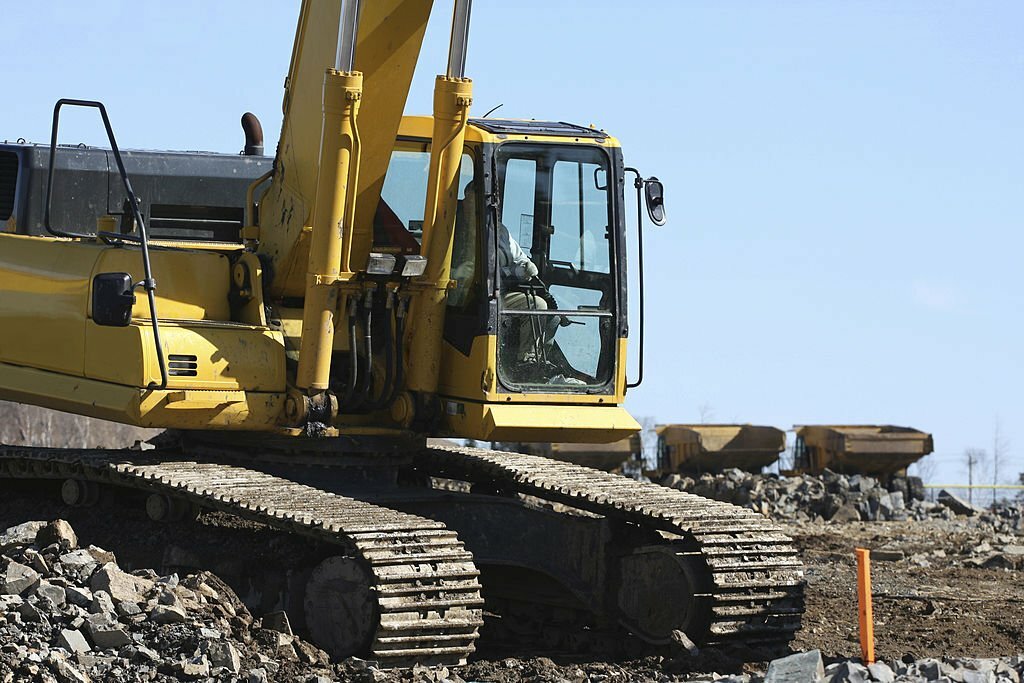Introduction:
At the heart of economic progress, the construction industry emerges as a linchpin for development. Within its vast landscape, the transformative force of earthmoving equipment is pivotal. These heavy machines, encompassing a spectrum from excavators to bulldozers, serve as the backbone of construction projects worldwide. Their significance reverberates through the industry’s dynamics, influencing timelines, costs, and overall project efficiency. This article explores the profound economic impact of earthmoving equipment, examining how these mechanical workhorses contribute to the sector’s evolution. From expediting tasks like excavation and grading to fostering technological advancements that redefine precision, these machines play a crucial role in driving economic growth within the construction domain. Understanding the multifaceted influence of earthmoving equipment is paramount in appreciating the sector’s resilience and adaptability in the face of evolving challenges and technological advancements.

Key Benefits of Earthmoving Equipment:
- Enhanced Project Efficiency: The inclusion of earthmoving equipment, comprising excavators, bulldozers, and loaders, stands as a transformative force in the construction sector. These robust machines play a pivotal role in reshaping project timelines by expediting fundamental tasks like excavation, grading, and site preparation. Their efficiency becomes the linchpin for achieving swifter project completion, resulting in a dual benefit of reduced labor costs and an expedited return on investment. By mechanizing traditionally labor-intensive processes, earthmoving equipment not only accelerates construction schedules but also minimizes the reliance on extensive manpower, translating into significant financial savings. Beyond the immediate gains, the time saved in project execution contributes to a more rapid turnover, fostering positive financial impacts and reinforcing the economic viability of construction endeavors.Moreover, the enhanced project timelines made possible by earthmoving equipment allow for increased project throughput, enabling construction firms to undertake more projects over time. This increased project capacity contributes to the overall growth and sustainability of construction businesses, further amplifying the economic impact of these heavy machines on the industry. In essence, the integration of earthmoving equipment proves to be a strategic investment, yielding not only efficiency and cost-effectiveness but also catalyzing a more robust and prosperous construction landscape.
- Cost Savings: Despite the initial investment, the use of earthmoving equipment often leads to substantial cost savings over the course of a construction project. These machines reduce the need for manual labor, lower fuel consumption, and minimize the potential for costly errors, contributing to overall budget optimization.
- Precision and Accuracy: Technological advancements in earthmoving equipment, including GPS systems and advanced control interfaces, enable precise and accurate execution of tasks. This not only ensures the quality of construction but also minimizes rework, saving both time and resources.
Challenges and Solutions:

- High Initial Costs: The significant upfront investment required for earthmoving equipment can be a barrier for some construction firms. However, leasing options and the long-term cost benefits often outweigh the initial financial burden.
- Skilled Operator Shortage: Operating modern earthmoving equipment requires skilled personnel. Addressing this challenge involves investing in training programs and embracing technological solutions that simplify machine operation, making it more accessible to a broader workforce.
Profound Economic Impact:
- Infrastructure Development: Earthmoving equipment plays a pivotal role in large-scale infrastructure projects, such as roads, bridges, and airports. The successful completion of these projects stimulates economic growth by enhancing connectivity, facilitating trade, and attracting investments.
- Job Creation: While the use of earthmoving equipment reduces the need for manual labor in some areas, it simultaneously creates jobs in others. Skilled operators, technicians, and maintenance personnel contribute to employment growth, supporting local economies.
- Technology-Driven Advancements: The integration of advanced technologies in earthmoving equipment not only improves efficiency but also fosters innovation. This technological evolution attracts investments, stimulates research and development, and propels the construction industry into a more sustainable and technologically advanced future.
Conclusion:
Earthmoving equipment stands as a cornerstone in the construction industry, shaping its economic impact and fostering growth. Despite challenges, the benefits of enhanced efficiency, cost savings, and the positive repercussions on infrastructure development and job creation highlight the indispensable role these machines play in driving economic prosperity within the construction sector. Embracing technological advancements and addressing challenges head-on will further amplify these positive effects, propelling the industry towards a more efficient and economically robust future.

